|
Late last night, I watched the live stream of Cole Brauer crossing the finish line of the Global Solo Challenge. Many of you are probably just hearing about this 29-year-old woman as she has gained a lot of media attention. She is the first American woman to sail solo around the world, completing the daunting 26,000-nautical-mile race in 130 days on a 40-foot sailboat.
Cole has over 469K followers on Instagram – this author included. As an adventurer myself, I was drawn to her drive and determination, and I looked forward to my morning coffee and seeing her latest post. I felt compelled to write this as her story can teach us a lot about being leaders and entrepreneurs and about managing our brands and social media. It takes a team to succeed! Despite this being the Solo Global Challenge, solo being the operative word, it was a team effort, and she genuinely knew this. "Shore Team Sunday" not only showcased posts dedicated to her support team but throughout the race, she continually acknowledged how important they were to the success of this journey. As leaders, recognizing your team from the heart is not just a leadership gesture; it's the cornerstone of building a motivated and cohesive work environment. Genuine appreciation fosters a sense of value and inspires individuals to go above and beyond, ultimately fueling collective success. If you believe in it, do it! She didn’t grow up sailing, and in fact started sailing at the “late” age of 19 years old while attending college in Hawaii. In 2022, she had tried out for another competition, the Ocean Race, which is considered the pinnacle of professional ocean racing. Sailors in that race are highly trained, wear matching foul-weather gear, and have corporate sponsors. And most of them are men. Cole, who had sailed thousands of miles on high-performance ocean racing boats, felt she was ready to join their ranks. But after competing in trials in France, she was told she was “too short for the Southern Ocean” and was sent on her way. But this did not stop this 5-foot 1-inch powerhouse, from pursuing her dreams and goals. As entrepreneurs, embracing your passion, believing in your dreams, and forging ahead despite challenges isn't just a recipe for success – it's the heartbeat of turning aspirations into reality. In the face of obstacles, unwavering determination becomes the compass that will guide you toward your goals. The power of a smile and positivity. On this incredible journey, her reports and updates often carried a heartfelt tone, reflecting the emotional ups and downs she navigated, from equipment breakages to setbacks and failures. However, her radiant spirit refused to let these challenges overshadow her light. Gratefully embracing every moment on Earth, she consistently shared her next post at sunrise, heralding a new day with the first light, infusing us with inspiration through her infectious smile and unwavering positivity. As leaders, we're no strangers to tough situations and negativity, especially in these challenging times. Yet, choosing to lead with a sincere smile and unshakeable positivity, even when faced with setbacks and emotional lows, isn't just a leadership decision—it's a commitment that becomes ingrained in who you are. Authenticity isn't just about appearances; it's about letting positivity shine from your soul, seamlessly weaving resilience, and optimism into the very fabric of your leadership style, propelling your team towards unparalleled success. Unleash the Power of Authenticity! Her new sponsors had reservations about her bold social media experiment, and she got massive pushback, adding that it was vain, not important, and “We don’t want to pay for this.” She responded, “None of this is going to matter if the world can’t see it.” But unlike most professional sailors, she was decidedly human and authentic. Her posts included watching Netflix in her pajamas, doing her nails, and having dance parties. At first, even her social media manager pushed back at some of her posts, commenting, “In the beginning I looked at what she was doing, posting about washing her knickers in a bucket and I was like, ‘No! What are you doing?’” In Cole’s words, “If you treat people below you, people stop watching.” Further exemplified by the fact that she hasn’t been shy about letting people know that she lives out of her van as she moves around to where the boats go. As brand ambassadors and social media managers, being real and upfront is crucial in today's landscape. Transparency isn't just a buzzword; it's the foundation for building trust between brands and consumers. When you share genuine insights about your brand, products, and how things work behind the scenes, it adds a human touch to every interaction. Being open, honest, and a little vulnerable helps your brand connect with people and build trust in a way that feels genuine and reliable. As restauranteurs, consumers are hyper-aware of the world around them, and they expect the same from their restaurants. They crave authenticity, and restaurants that can deliver are winning their hearts (and stomachs). They want to know where their food comes from, how it’s prepared, and the values behind the business. This means clear labeling, responsible sourcing, and ethical practices are not just nice-to-haves but dealbreakers. Forget flashy gimmicks and obsessing over picture-perfect plating. Instead, dive into transparency, champion diversity, create impact, and embrace technology. Embrace the unexpected by unlocking the power within. Despite facing significant challenges, including the withdrawal of half her competitors in the Global Solo Challenge and the persistent dangers of ocean races, where lives are still at risk, especially in the tumultuous storms of the Southern Ocean, she persevered. An incident involving a violent broaching left her with a rib injury as she was thrown across the hull in the rough waters near Africa. Another test of her resilience came when dehydration from vomiting and diarrhea prompted her U.S. team to guide her in inserting an IV. In reflecting on her unwavering determination, she shared with the Today show, “There’s no option at that point. You’re so far away from land that there’s no one who can rescue you or come and grab you. You kind of just need to keep moving along and keep doing everything.” Successful leaders exemplify unwavering determination in the face of challenges, navigating through uncertainties with resilience and a steadfast spirit. They understand that preparation is essential, yet they embrace the reality that true leadership lies in the ability to adapt and thrive when the unexpected unfolds. In the pursuit of success, it's not about having a perfect plan but rather the courage to navigate uncharted territories with tenacity and unwavering belief in one's capabilities. As we celebrate Cole Brauer's remarkable achievement in conquering the Global Solo Challenge, her journey becomes a beacon of inspiration for leaders, entrepreneurs, and dreamers alike. Encouraging us to embrace the unexpected, to unlock the power within, and to navigate uncharted territories with courage and unwavering belief. Let her story be a guiding compass, steering us towards unparalleled success, resilience, and the triumph of the human spirit. Thank you for sharing your journey with us Cole. 🤙🏻
0 Comments
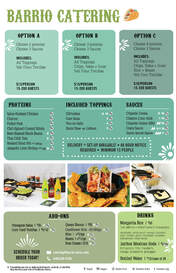 Many restaurant operators have asked us how they can expand their business without investing large amounts of capital to open new restaurants or concepts. There are numerous avenues in generating new revenue streams, but I caution restauranteurs and executives that they need to be deliberate and controlled in their decision making. And they need to be willing to support this organizationally and most importantly willing to invest in leadership to run their new venture. So, I thought I would share some proven success factors for one of these revenue streams, Off-Premises Catering via Take-Out and Delivery. Take-Out and Delivery Catering can come in two different forms – more traditional catering where the food is fully prepared and ready to go such as individual grab-and-go box lunches or buffet items – or bulk items that are heat-and-eat such as Clover Food Lab’s Party in a Box. The benefit of this type of revenue channel is that you can launch it with a minimal capital investment as you can leverage your current kitchen facility and much of your current staff. Your kitchen simply prepares the food and everything else is up to the customer to plan on their own. Through our experience we have found these as some keys in successfully developing and launching a Take-Out and Delivery Catering Program.
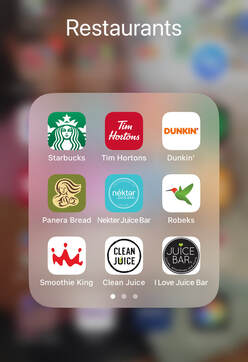 One of the questions I am asked as a restauranteur and marketer is “Should we have our own App for our company?” Well considering I have 460 apps on my iPhone, one might think my natural answer would be “Yes!” Having your own app has tremendous upside, from improving the customer experience, to increasing customer engagement to building brand loyalty. With that said, an app will only be successful if you have the internal team or right partner to manage and evolve the app. Improving the Customer Experience: The most frequent use of an app is to allow customers to order online. However, if this is your only desire for an app, there are plenty of other options that may be better suited for your operation. Many POS systems, such as Toast, Revel and Square, offer online ordering modules and there are also several dedicated food-ordering services available, such as ChowNow and Beyond Menu. Yes, there are costs associated by using these apps/platforms, but they may outweigh the cost of developing and maintaining your own app. It should go without saying that in this digital age, for QSR, Fast-Casual, Juice/Smoothie and Coffee concepts, to name a few, it is almost expected to have an app or other online ordering platform to order ahead. By doing so there are a myriad of benefits to both customers and the restaurant. For customers, it reduces wait times – your order will be prepared while you’re on your way and you skip the line when you get to the restaurant - and it improves order accuracy as customers are in control of what/how they order. For the restaurant, this should improve efficiency and increase sales. With that said these are only benefits if the restaurant is staffed, and the employees are well trained. From a personal experience, as I travel a lot, I tend to use a well-known coffee company app and I am continually frustrated by the length of time it takes for my mobile orders to be prepared. It’s a constant mental struggle on how early to order – if I order too early, and if the restaurant is their game getting product out quickly, my coffee will be cold when I get there - however, if I don’t order early enough and the restaurant is not on their game, I may be waiting for my order, thus defeating the purpose of ordering ahead. Increasing Customer Engagement: A robust app can increase customer engagement by helping you stay in touch with your customers and consequently building a better relationship with them. An app can easily assist in - communicating the opening of new locations, announcing current specials or seasonal promotions, sharing company news, holding contests, running polls, or even soliciting customer feedback. Some must haves that will build engagement are the forementioned mobile payments and online ordering, the integration of Table Reservations (if it makes sense for your operation), the integration with your social media, the ability for online food tracking, and location-based services such as geofencing and beacons. Mobile apps also allow for greater chances of upselling a customer. As marketers we can easily analyze our menu and customer ordering habits and make relevant recommendations to customers when they order certain menu items. I.e., if a customer orders a burger you can naturally upsell them to ordering fries with that burger. Additionally, with geofencing you can invite customers, who have the app and are near your location, a special offer thus increasing the likelihood of them visiting that location. Building Brand Loyalty On average the adoption rate of a traditional loyalty program is about 12%, but when an app combines mobile payments, online ordering and a loyalty program, adoption rates can be as high as 35%. And with greater adoption, you have greater frequency. Mobile apps also give you the ability to target more value-seeking customers by allowing app exclusive promotions and in essence creating “digital value” to those who have and use the app. A recent survey showed that nearly 50% of Gen Z and millennial consumers are using digital couponing to combat inflation. A digital platform allows for more flexibility in targeting promotions to generate customized options for consumers. Having this ability will drive traffic without offering margin-busting blanket discounts. There are also cost benefits for having an app. Imagine converting customers from ordering on delivery platforms to your own platform/app? By doing so you can improve margins and pass some of those savings onto your loyal customers with targeted promotions. You can also use your app to personalize deals for customers. For instance, if a customer hasn’t ordered for a while, you can analyze their ordering history and remind them of their favorite dishes by using mouthwatering photos and possibly offering a discount on that item. Building brand loyalty does take time for restaurant apps. Restaurants should go beyond offering a promo code for the customers first order and extend the offer to several subsequent orders to gain traction and loyalty. This may seem like a lot of discounting, but in the big picture it is not. Loyalty brings frequency and will help your business grow in the long-term. Finally, as you try to grow and leverage your app, you can use your loyalty program to reward loyal customers for their referrals. It’s a great way to acquire new customers. So, are you ready to get Phygital? Matrix Restaurant Consulting is here to help bridge the digital and physical experiences that will work best for growing and evolving your business. It may seem like a lifetime ago, but pre-pandemic, I vividly recall being involved in executive meetings and struggling with how much emphasis (if any) we should put on off-premises dining – specifically delivery. Then the pandemic hit and our lives as restauranteurs changed dramatically, delivery became a necessity, and it was often the only option in generating revenue. And as we continue to look at the delivery sector, the statistics on growth and market share are staggering. (I chose not to list these statistics as I think we have all have seen them in some form or another.) But as we came out of strict lock-down and we look at our businesses today, it brings us back to the age-old pre-pandemic question – does delivery make sense for our business? And at what cost – from potentially damaging your brand, to cutting into already slim margins, to the negative environmental impact?
Some of the many arguments – both pre and post pandemic - for NOT focusing on delivery….
#restaurants #restauranttrends2023 #delivery #restaurantdelivery "takeout In addition to our blog, you can follow us on your favorite social media sites:
Instagram Where we post food and restaurant pictures. Twitter Where we tweet about the latest restaurant industry news, new restaurants and food. Facebook Where it all comes together - blog posts, twitter tweets and Instagram Posts One of things that fascinates me, is to see a business break barriers and become a true innovator and game changer. I have worked in the restaurant industry my entire life, and have often felt as though the industry approaches business conservatively, moving slowly to change and lacking true innovation. In the past years, we have seen other industries change and evolve, and now it is time for us, as restauranteurs and business leaders, to become true innovators and game changers. As food costs rise, as our labor pool shrinks, and as we see consumer needs changing quickly, it is an opportune time to learn from other industries and become true innovators and game changers. Here is an interesting article on how restaurants are borrowing from other industries in an effort to become innovators.
Starting Off Like a Startup At Matrix Restaurant Consulting, we are poised to help you break barriers and change the way you do business today in an effort to be more profitable tomorrow. As millennials eclipse Boomers as the prime restaurant customer base, restauranteurs need to evolve their business to capture this increasingly valuable group of consumers. Millennials will gravitate towards restaurants that are green, that use sustainable practices and that source from ethically raised ingredients. Millennials use mobile technology extensively, but marketers need to understand the nuances on how to reach this group. Millennials will also use on-line reviews more than boomers in making purchase decisions, making it more important than ever for restauranteurs to understand how to navigate this brave new world. At Matrix Restaurant Consulting, our consultants understand the nuances of the Millennial generation, and we are prepared to help your restaurant concept evolve so that you can attracting this group. Here is a great article to help you begin understanding the Millennial mindset.
New study sheds light on Millennial mindset In a recent survey of 288 senior U.S. marketing executives at business-to-consumer and business-to-business companies, CMOs intend to increase their Social (+10.7%), their Digital (+12.2%) and their budgets (+14%) over the next 12-months. And as the average consumer unlocks their phone 110-times per day and spends 1 in 4 minutes on their phone on Social Media, now is the time to analyze and revamp your social media, digital marketing and mobile strategies. Let Matrix Restaurant Consulting help sort through this digital maze and find the right digital, mobile and social solutions for your restaurant.
For more information on the survey results: CMOs Will Increase Spending on Social, Mobile and Analytics. |
The Latest Industry News.Restaurant Industry Blog | Archives
March 2024
Restaurant Industry Blog | Categories
All
|
|
|
Matrix Restaurant Consulting | A Full Service Restaurant Consulting Group
Nashville, TN © 2024 Matrix Restaurant Consulting, LLC. All Rights Reserved. |
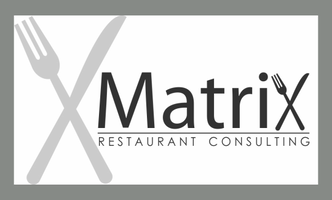

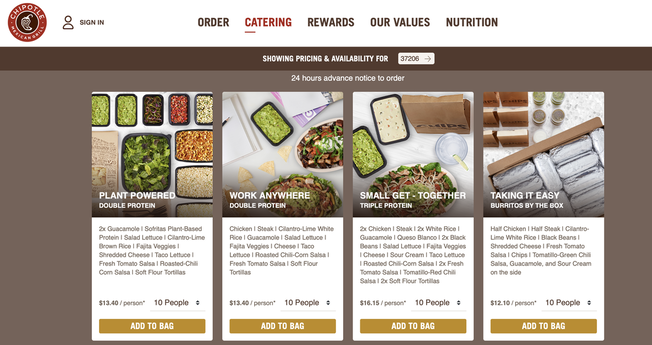
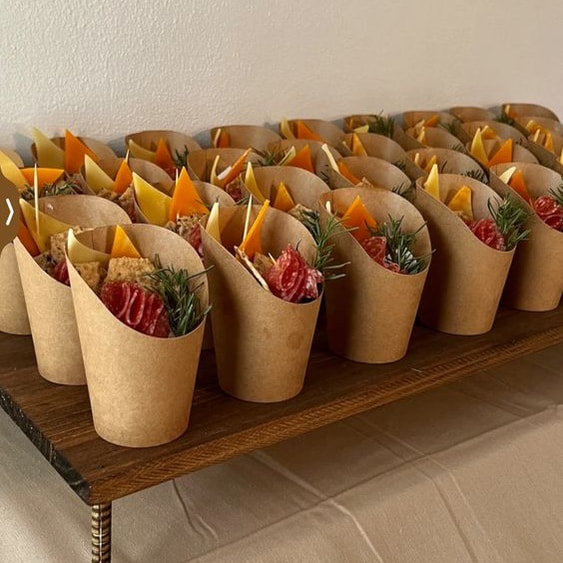
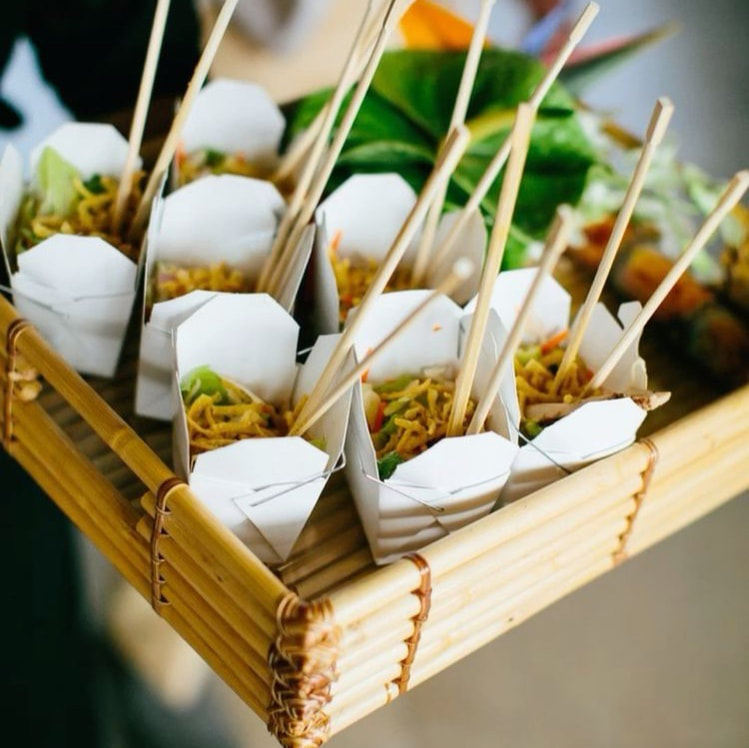
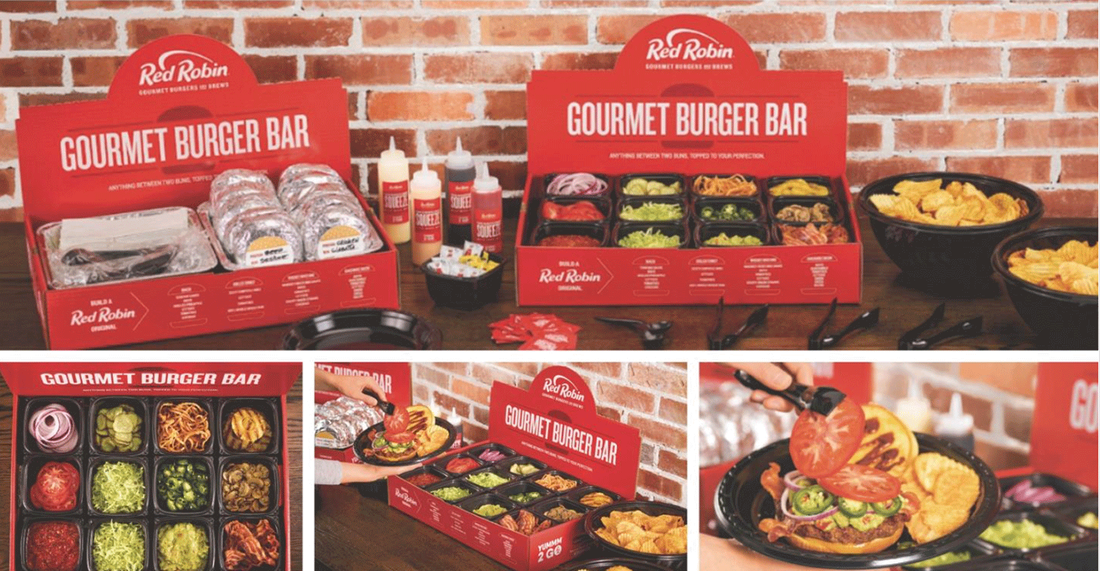
 RSS Feed
RSS Feed